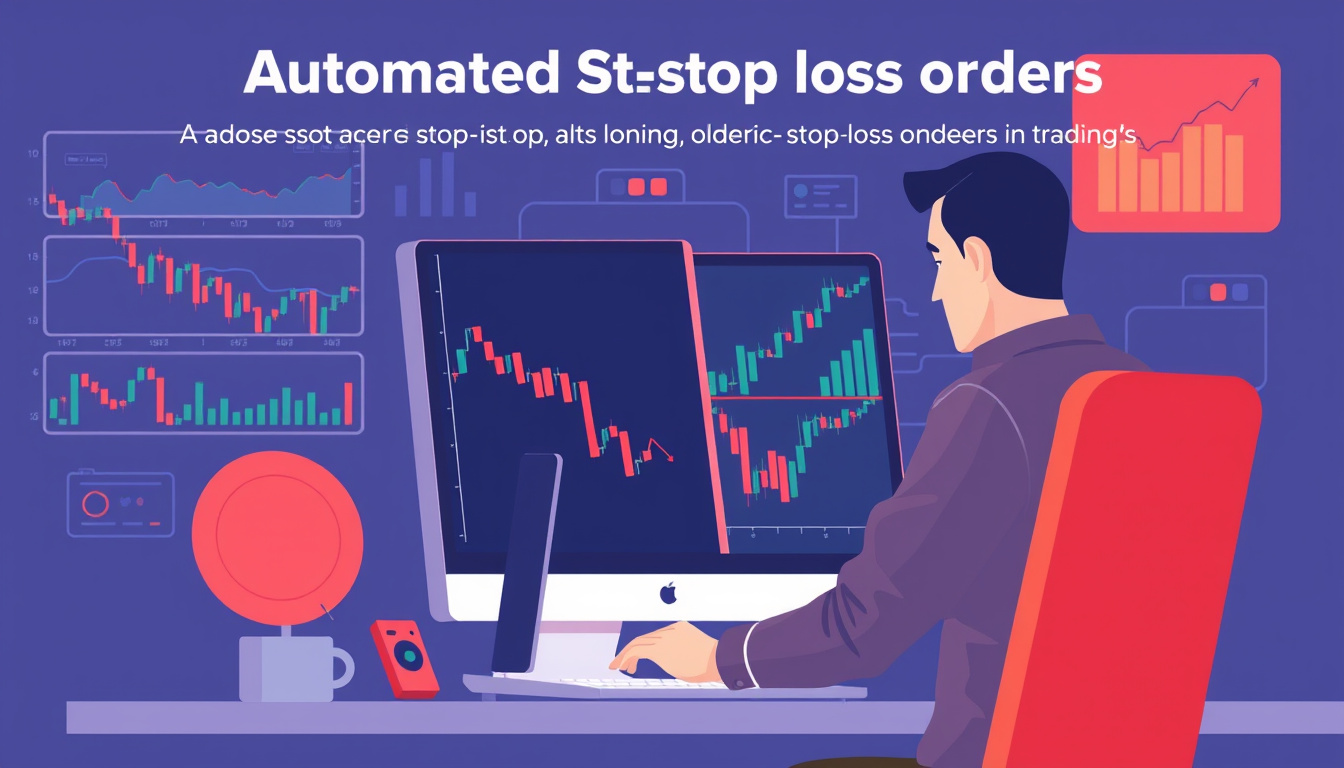Mastering Market Movements: The Ultimate Guide to Stop-Loss Automation
Investing in markets is both fun and hard. Stop-loss automation cuts risk. This guide shows what stop-loss automation means. It also shows its good parts and bad parts. It then gives steps to put it in use.

What is Stop-Loss Automation?
Stop-loss automation uses trading systems to set stop-loss orders. A stop-loss order tells your broker to sell a stock when its price falls to a set value. This order stops a loss from growing too much.
How Stop-Loss Orders Work
You buy a stock. You set a stop-loss order below the price you pay. For example, buy a share at $50. Set a stop-loss at $45. If the price falls to $45, your broker sells the share. This step stops a bigger loss if prices fall fast.
The Advantages of Stop-Loss Automation
- Risk is cut. Orders stop losses without your watchful eye.
- Trading stays fair. Orders can stop fear or greed from making choices.
- Time is saved. One can handle many stocks at once.
- Trailing stops adjust. Their stop points move with the market’s rise. They keep gains safe while still protecting against falls.
Disadvantages of Stop-Loss Automation
Stop-loss automation is not free of flaws:
- Price swings may sell stocks too soon.
- Orders do not fix a sell price. If market moves too fast, the price may differ.
- Trades cost money. Frequent orders may add extra fees.
Implementing Stop-Loss Automation
Choosing the Right Platform
Pick a trading site with strong order features. Some sites, like Tradovate and NinjaTrader, let you set up orders fast. Learn the site to work well with it.
Setting Up Orders
- Set your loss goal. Choose how much loss you can bear as a percent.
- Pick an order type. Choose fixed orders or trailing stops. Fixed orders give a fixed exit point. Trailing stops change with the market.
- Make your orders automatic. Put in prices and rules on your platform.
- Check and change. Even with orders, review settings to match your goals.
Conclusion
Stop-loss automation is a tool for those who trade. It cuts risk and keeps trading steady. Know how stop-loss orders work. Weigh the good and bad parts. Put orders in site settings. Use stop-loss automation to keep control of your trades.
